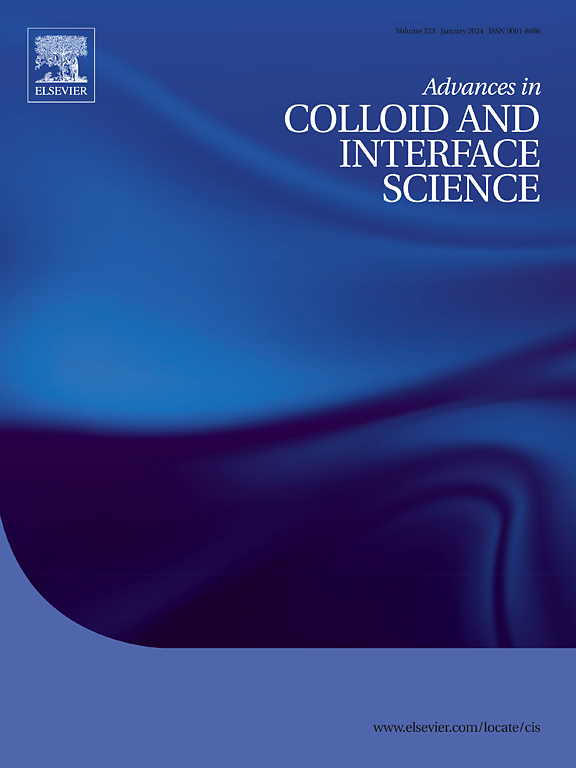Breaking the ice: Applications of photothermal superhydrophobic materials for efficient deicing strategies
IF 15.9
1区 化学
Q1 CHEMISTRY, PHYSICAL
引用次数: 0
Abstract
The accumulation of ice on the surfaces of devices has long been a significant concern for human life and production. The icing of aircraft surfaces can alter the aerodynamic shape of the aircraft, reducing its controllability and decrease the flight range. Ice buildup on wind turbine blades significantly reduces power generation efficiency. Preventing ice accumulation has thus become a focal point of research. Photothermal superhydrophobic materials are characterized by efficient photothermal energy conversion upon irradiation, thus showing promise for applications in the energy-, civil- or aerospace-engineering sectors. Photothermal superhydrophobic materials are promise to be a safe, reliable and cost-effective anti-icing/deicing strategies. In this review, the design concepts, preparation methods, performance characteristics, and application areas of different types of photothermal superhydrophobic materials are discussed. After elucidating anti-icing mechanisms, the superhydrophobic photothermal material state-of-the-art is reviewed. The problems encountered in the practical application of photothermal superhydrophobic materials and challenges to be addressed in the future are also analyzed and discussed.

求助全文
约1分钟内获得全文
求助全文
来源期刊
CiteScore
28.50
自引率
2.60%
发文量
175
审稿时长
31 days
期刊介绍:
"Advances in Colloid and Interface Science" is an international journal that focuses on experimental and theoretical developments in interfacial and colloidal phenomena. The journal covers a wide range of disciplines including biology, chemistry, physics, and technology.
The journal accepts review articles on any topic within the scope of colloid and interface science. These articles should provide an in-depth analysis of the subject matter, offering a critical review of the current state of the field. The author's informed opinion on the topic should also be included. The manuscript should compare and contrast ideas found in the reviewed literature and address the limitations of these ideas.
Typically, the articles published in this journal are written by recognized experts in the field.

 求助内容:
求助内容: 应助结果提醒方式:
应助结果提醒方式:


